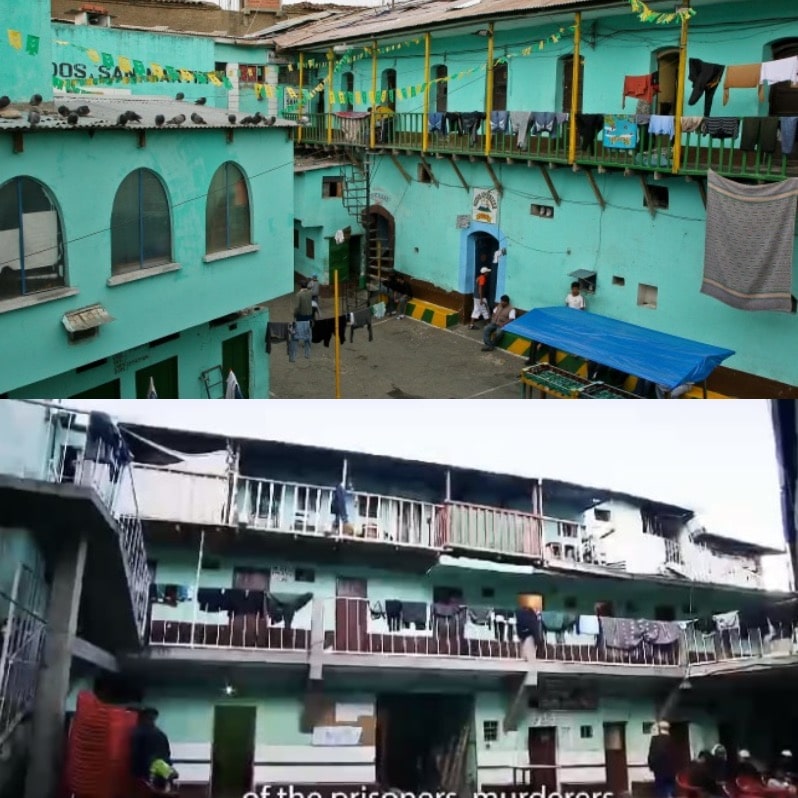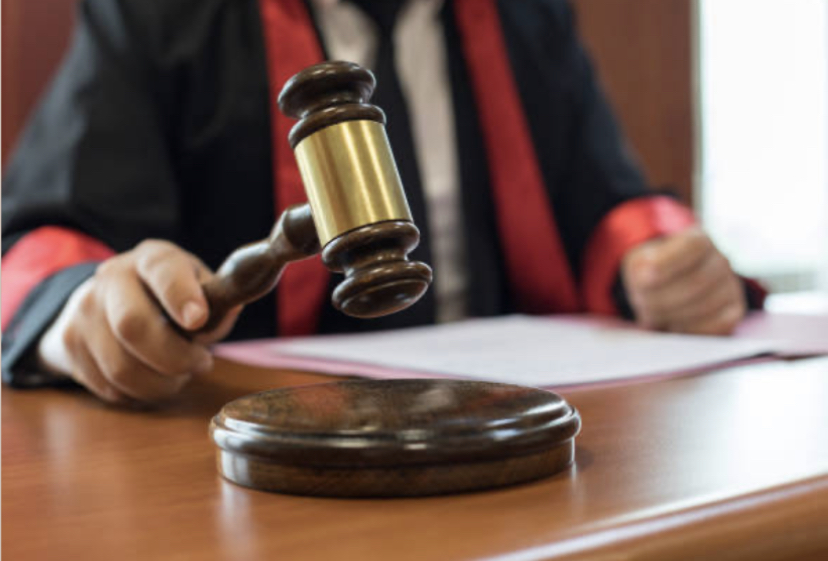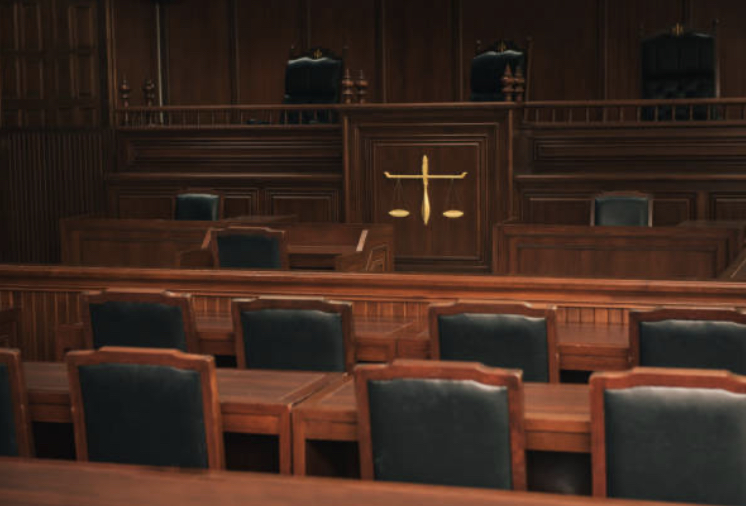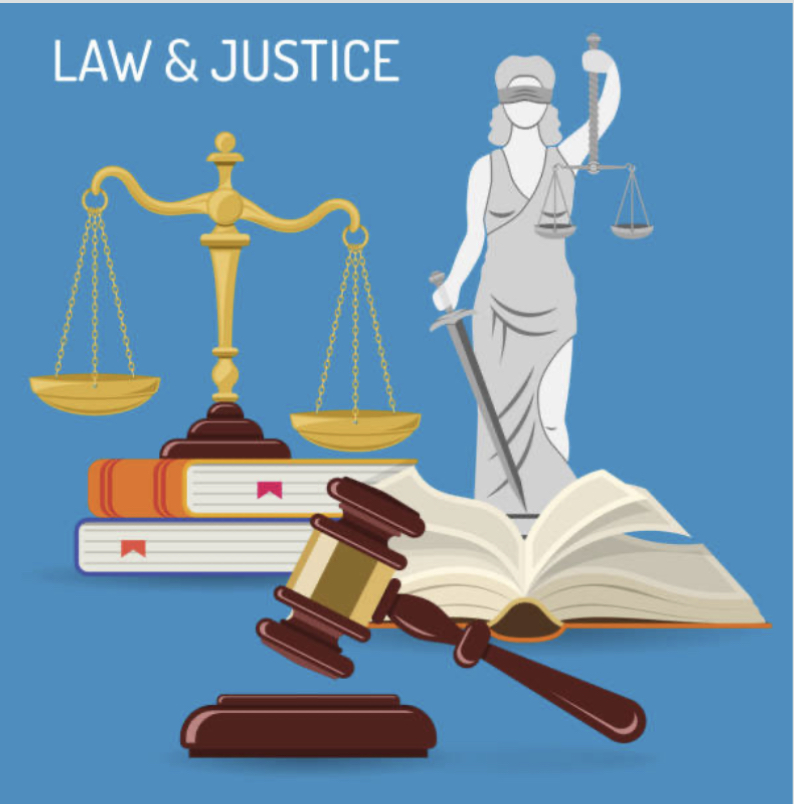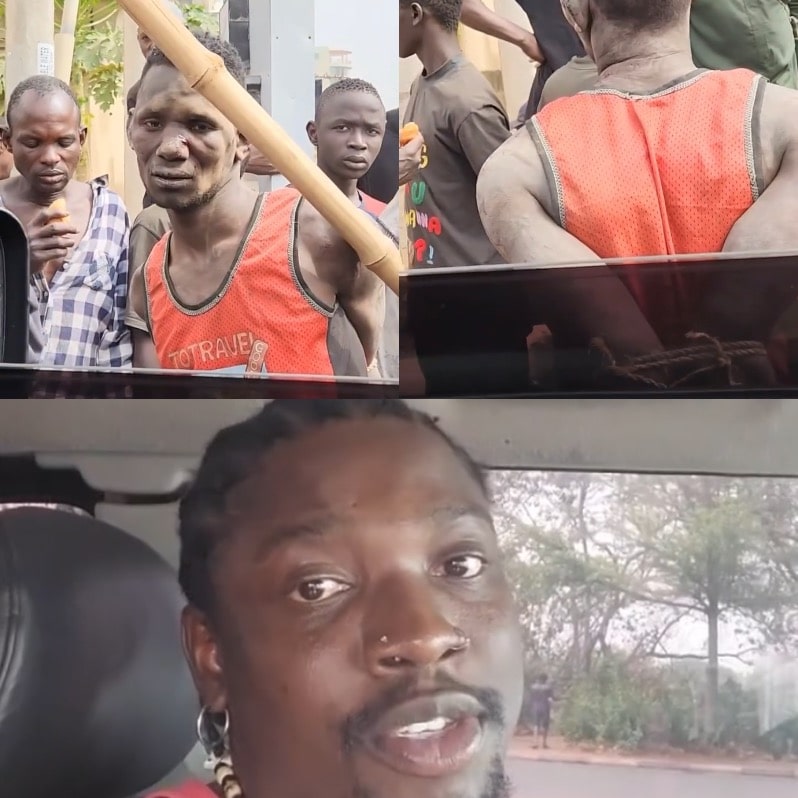The Criminal Justice System
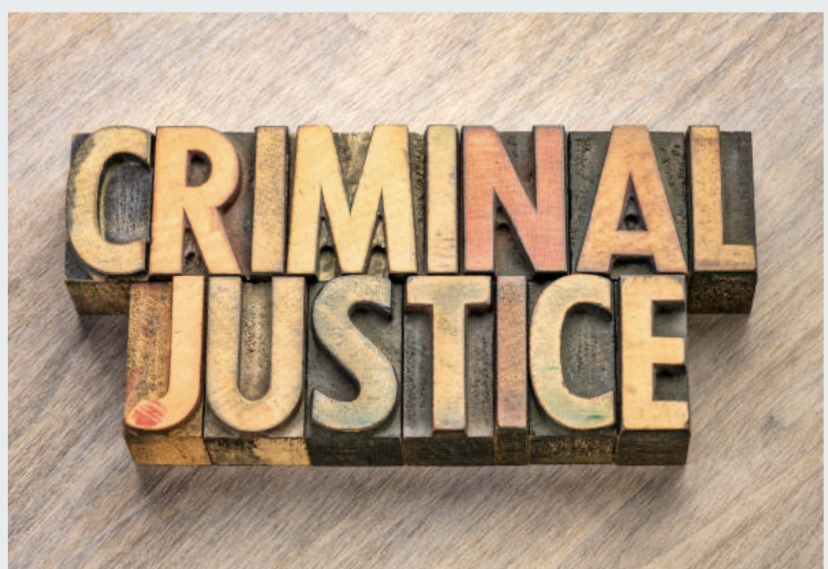

Introduction
The criminal justice system refers to the set of institutions and practices established by governments to maintain law and order, deter crime, and administer justice. It is responsible for investigating, prosecuting, and punishing individuals who have been accused of committing crimes. This article offers an in-depth explanation of the criminal justice system, its key components, and the stages of the criminal process.
The criminal justice system refers to the agencies of government charged with enforcing the law, adjudicating, and correcting criminal conduct. The criminal justice system is an instrument of social control: Society considers some behaviors so dangerous and destructive that it either strictly controls their occurrence or outlaws them outright. It is the job of the agencies of justice to prevent social harm by apprehending and punishing those who violate the law and in so doing deter those who may be contemplating future wrongdoing.
Although society maintains other forms of social control -such as the family, school, and religious institutions which are designed to deal with moral, not legal, misbehavior. Only the criminal justice system has the power to control crime and punish criminals. The major components of this system are police, courts, and correctional agencies. The system works collectively by processing all offenders from the intake stage which is the responsibility of The police as the gatekeepers of the system because they decide who goes through the system by making an arrest, while the court decides guilt or innocence, the correctional institutions are responsible for correcting the offender through various vocational training to make the offender a conformist.
The Process of Justice
In viewing the criminal justice system as a collection of agencies, it is possible to see it as a series of decision points through which offenders flow. This process begins with initial contact with police and ends with the offender’s reentry into society. Although the process varies by jurisdiction, each jurisdiction is somewhat different, a comprehensive view of the processing of a felony offender would probably contain the following decision points.
1. Initial contact: The initial contact an offender has with the justice system occurs when police officers observe a criminal act during their patrol of city streets, parks, or highways. They may also find out about a crime through a citizen or victim complaint. Similarly, an informer may alert them about criminal activity in return for financial or other consideration. Sometimes political officials, such as the mayor or city council, ask the police to look into ongoing criminal activity, such as gambling, and during their subsequent investigations police officers encounter an illegal act.
2. Investigation: Regardless of whether the police observe. hear of, or receive a complaint about a crime, they may investigate to gather sufficient facts, or evidence, to identify the perpetrator, justify an arrest, and bring the offender to trial. An investigation may take a few minutes, for instance, when patrol officers see a burglary in progress and apprehend the burglar at the scene of the crime. An investigation may also take years to complete and involve numerous investigators.
3. Arrest: An arrest occurs when the police take a person into custody for allegedly committing a criminal act. An arrest is legal when all of the following conditions exist:
(a) the officer believes there is sufficient evidence (probable cause) that a crime is being or has been committed and that the suspect committed the crime, (b) the officer deprives the individual of freedom; and (c) the suspect believes that he or she is in the custody of a police officer and cannot voluntarily leave. The police officer is not required to use the word arrest or any similar word to initiate an arrest, nor does the officer first have to bring the suspect to the police station. For all practical purposes, a person who has been deprived of liberty is under arrest. Arrests can be made at the scene of a crime or after a warrant is issued by a magistrate.
4. Custody: After arrest, the suspect remains in police custody. The person may be taken to the police station to be fingerprinted and photographed and to have personal information recorded, a procedure popularly referred to as booking. Witnesses may be brought in to view the suspect (in a lineup), and further evidence may be gathered on the case. Suspects may undergo interrogation by police officers to get their side of the story, they may be asked to sign a confession of guilt. or they may be asked to identify others involved in the crime. The law allows suspects to have their lawyers present when police conduct interrogations.
5. Complaint /charging: After police turn the evidence in a case over to the prosecutor, who represents the state at any criminal proceedings, a decision will be made whether to file a complaint, information, or bill of indictment with the court having jurisdiction over the case. Complaints are used in misdemeanors; information and indictments are employed in felonies. Each is a charging document asking the court to bring a case forward to be tried.
6. Preliminary hearing/grand jury: A charging document called information is filed before an impartial lower court judge, who decides whether the case should go forward. This is known as a preliminary hearing or probable cause hearing. The defendant may appear at a preliminary hearing and dispute the prosecutor’s charges. During either procedure, if the prosecution’s evidence is accepted as factual and sufficient, the suspect is called to stand trial for the crime. These procedures are not used for misdemeanors because of their lesser importance and seriousness.
7. Arraignment: An arraignment brings the accused before the court that will try the case. The formal charges are read, and defendants are informed of their constitutional rights (such as the right to legal counsel). Bail is considered, and a trial date is set.
8. Bail or detention: If the bail decision has not been considered previously, it is evaluated at arraignment. Bail is a monetary bond, the amount of which is set by judicial authority: it is intended to ensure the presence of suspects at trial while allowing them their freedom. Suspects who do not show up for trial forfeit their bail. Suspects who cannot afford bail or whose cases are so serious that a judge refuses them bail (usually restricted to capital cases) must remain in detention until trial. In most instances, this means an extended stay in the county jail. Many jurisdictions allow defendants awaiting trial to be released on their recognizance, without bail, if they are stable members of the community
9. Plea bargaining: After arraignment, it is common for the prosecutor to meet with the defendant and his or her attorney to discuss a possible plea bargain. If plea bargaining is successful, the accused pleads guilty as charged, thus ending the criminal trial process. In return for the plea, the prosecutor may reduce charges. request a lenient sentence, or grant the defendant some other consideration
10. Trial /adjudication: If a plea bargain cannot be arranged. a criminal trial takes place. This involves a full-scale inquiry into the facts of the case before a judge or a jury. or both. The defendant can be found guilty or not guilty, or the jury can fail to reach a decision, thereby leaving the case unresolved and open for a possible retrial.
11. Disposition: After a criminal trial, a defendant who is found guilty as charged is sentenced by the presiding judge. Disposition usually involves a fine, a term of community supervision (probation), a period of incarceration in a penal institution, or some combination of these penalties. In the most serious capital cases, it is possible to sentence the offender to death.
12. Postconviction remedies: After conviction, if the defendant believes he or she was not treated fairly by the justice system, the individual may appeal the conviction. An appellate court reviews trial procedures to determine whether an error was made. I consider such questions as whether the evidence was used properly, whether the judge conducted the trial in an approved fashion, and whether the jury representative and the attorneys in the case acted appropriately. If the court rules that the appeal has merit, it can hold that the defendant be given a new trial or, in some instances, order his or her outright release. Outright release can be ordered when the state prosecuted the case in violation of the constitutional right of the defendant.
13. Correctional treatment: Offenders who are found guilty and are formally sentenced come under the jurisdiction of correctional authorities. They may serve a term of community supervision under the control of the county probation department, they may have a term in a community correctional center, or they may be incarcerated in a large penal institution.
14. Release: At the end of the correctional sentence the offender is released into the community. Most incarcerated offenders are granted parole before the expiration of the maximum term given to them by the court and therefore finish their prison sentences in the community under the supervision of the parole department.
Offenders sentenced to community supervision, if successful, simply finish their terms and resume their lives unsupervised by court authorities.
15. Post-release /aftercare: After termination of correctional treatment, the offender must successfully return to the community. This adjustment is usually aided by corrections department staff members, who attempt to counsel the offender through the period of re-entry into society. The offender may be asked to spend some time in a community correctional center, which acts as a bridge between a secure treatment facility and absolute freedom. Offenders may find that their conviction has cost them some personal privileges, such as the right to hold certain kinds of jobs. These privileges may be returned by court order once the offenders have proven their trustworthiness and willingness to adjust to society’s rule. Successful completion of the postrelease period marks the end of the criminal justice process.
Conclusion
the criminal justice system and the justice process are fundamental components of any society. They serve to maintain law and order, deter crime, and ensure that justice is served. From the initial investigation to the final verdict, the system involves multiple stages that aim to uphold fairness, due process, and accountability.
